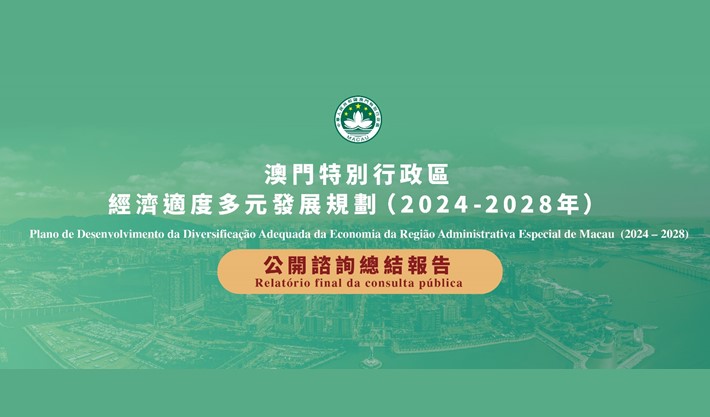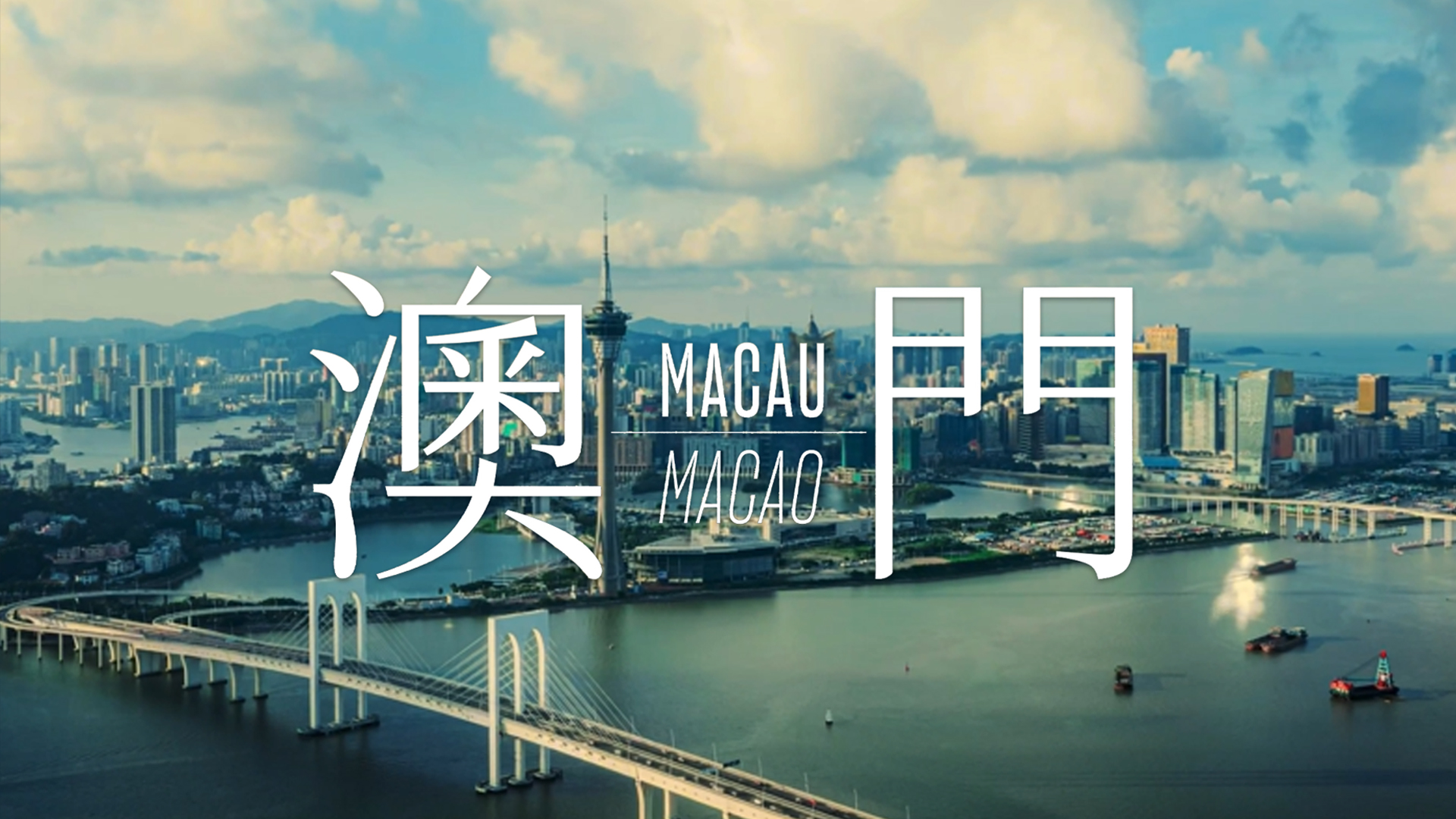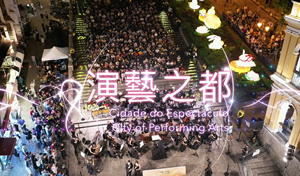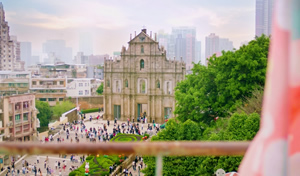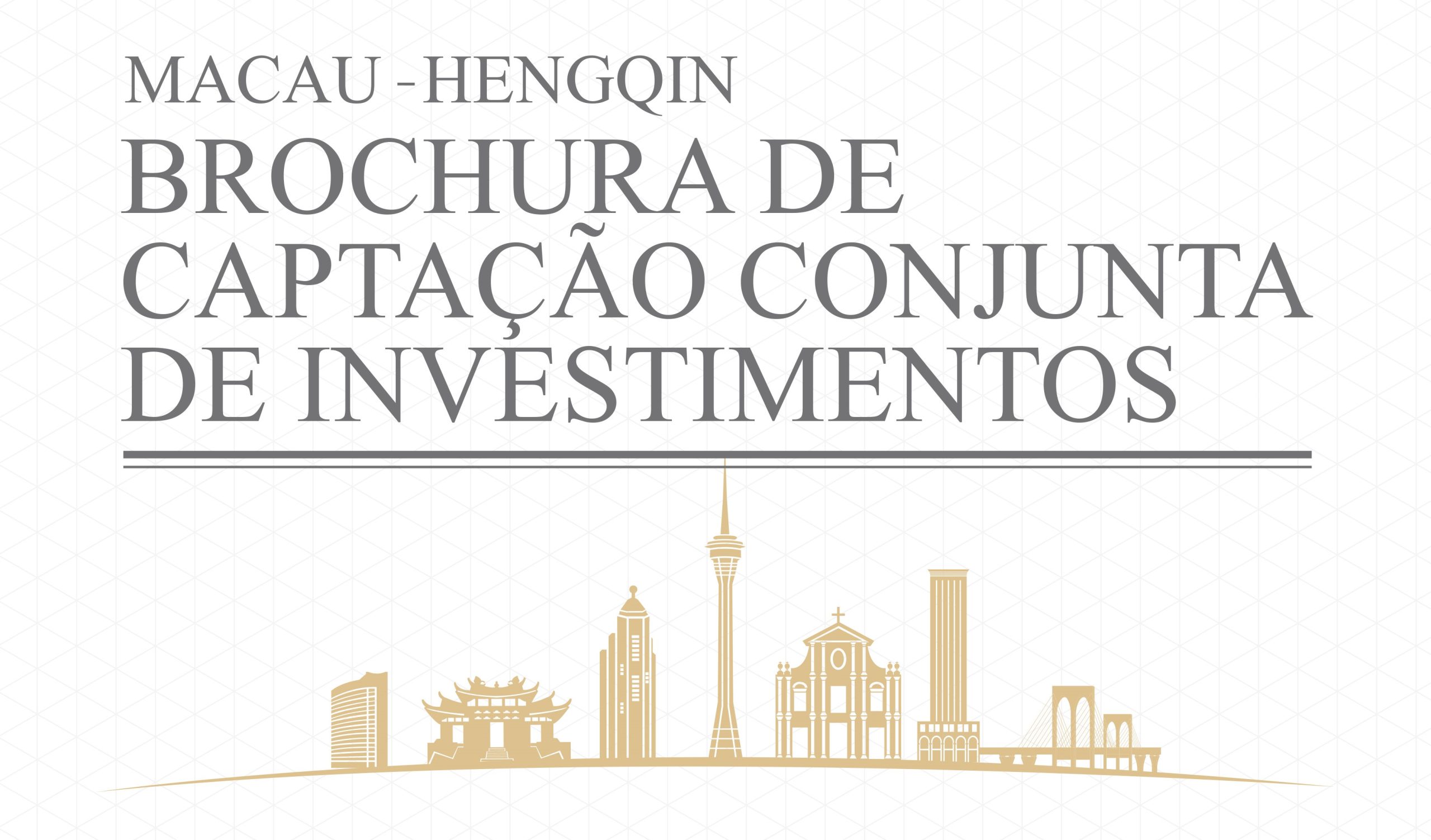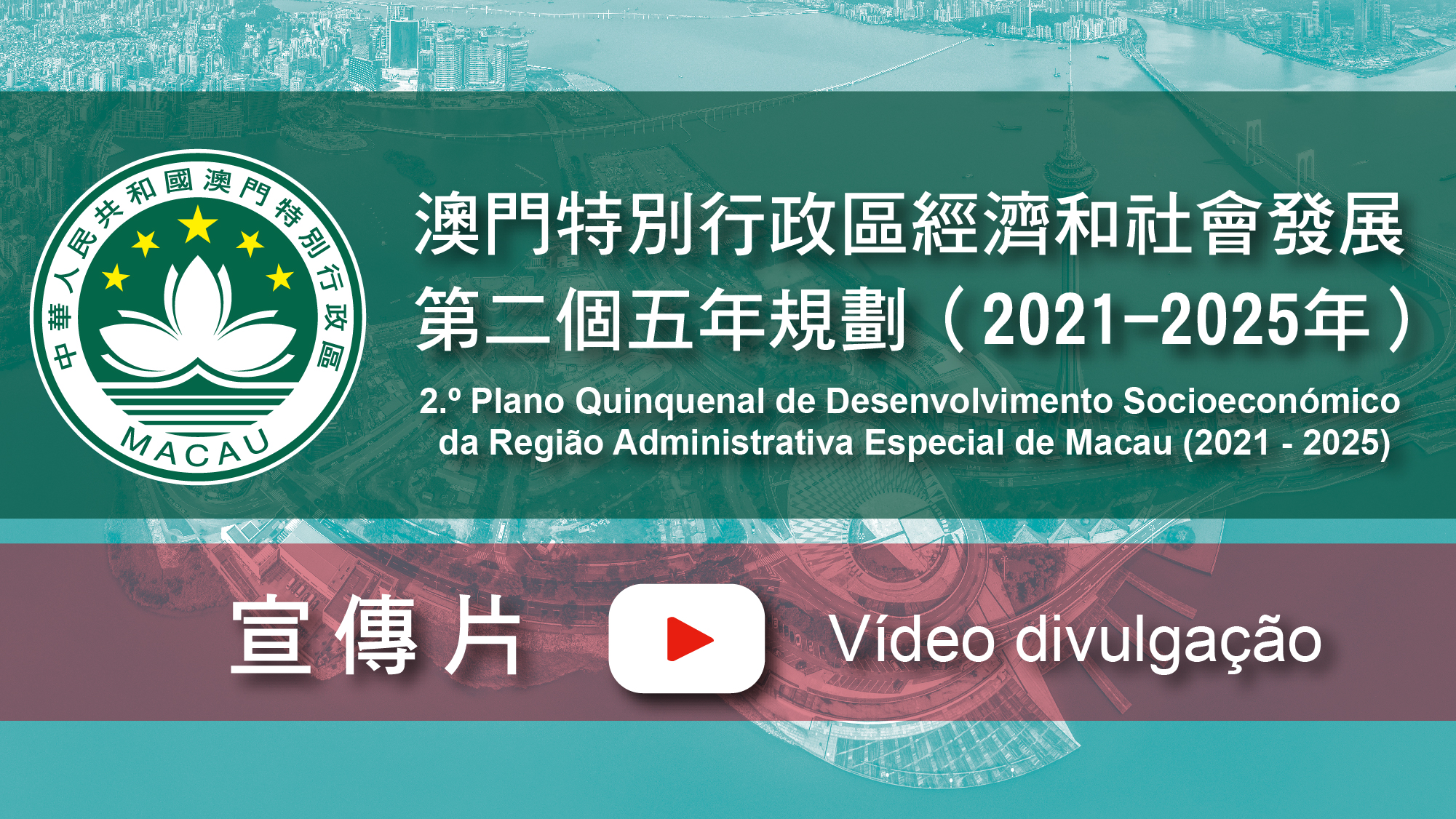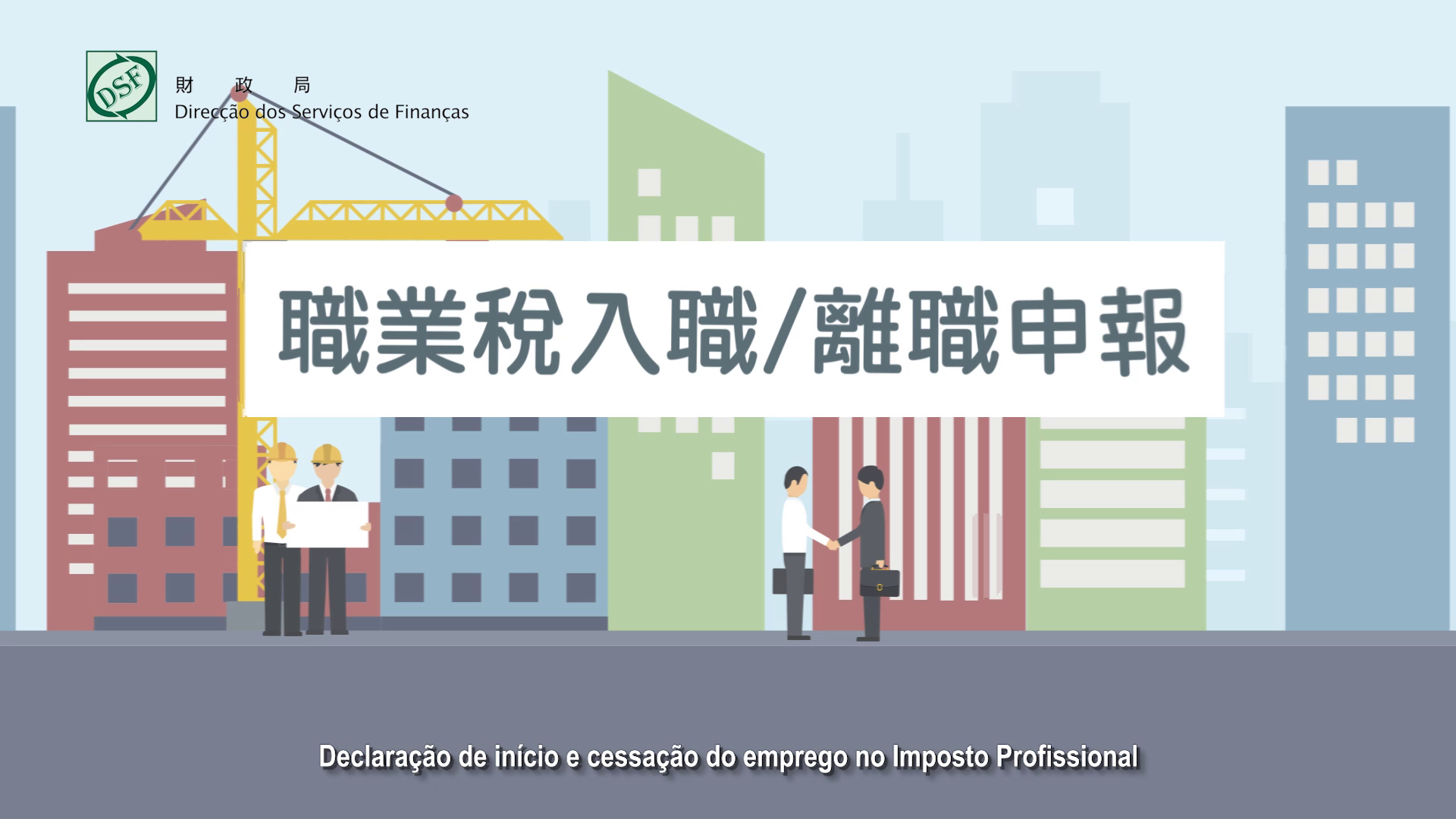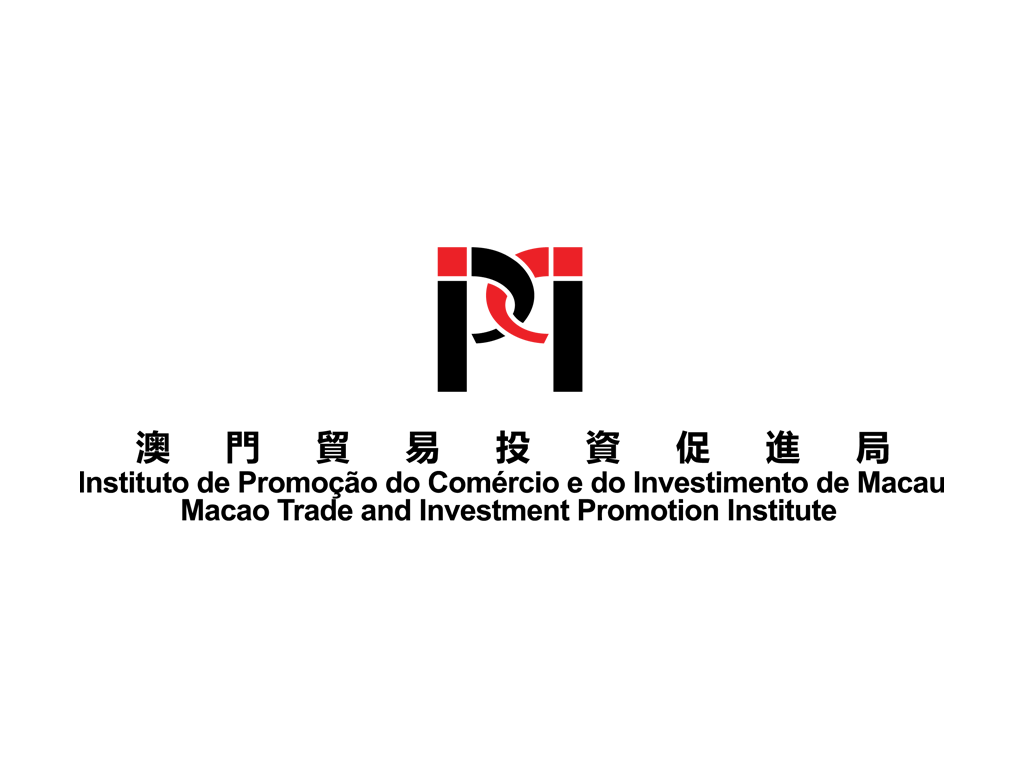Pesquisar
ECONOMIC SITUATION
The Democratic Socialist Republic of Sri Lanka, or Sri Lanka as it is more commonly known, is an island nation located in the Indian Ocean, with Colombo as it’s capital. The Sri Lankan economic growth has been accelerating with the liberalisation of the economy. In 2006, Sri Lanka recorded a 7.7% economic growth, the fastest it has grown in 30 years, In 2007, the Sri Lankan economy remained stable with a growth rate of 6.5% and GDP reaching US$ 31.1 billion.
 |
 |
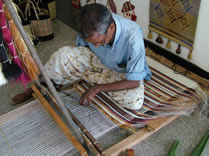 |
|
Colombo, capital of Sri Lanka
|
A tea plantation
|
Textile industry is one of the most
important industries in Sri Lanka |
BUSINESS OPPORTUNITIES
Gem and Jewellery Industry
Sri Lanka has the largest gem deposits in relation to landmass in the world and is one of the top 5 gem producing countries in the world, because of this it is known as the Gem Island. According to annual statistical data, Sri Lankan gem and jewellery exports were recorded as LKR51.9 billion (about US$ 482 million) in 2007, showing an increase of 16% in comparison with the LKR44.9 billion (about US$ 416 million) in 2006. Sri Lanka has been blessed with a diverse array of gemstone deposits, with rubies, sapphires and tiger-eye being the most popular for jewellery lovers and has a high reputation around the world.
Textile Industry
The textile industry is one of the most important industries in Sri Lanka. The textile sector recorded a 6% growth in 2007 when compared with 2006. Under the framework of the Generalised System of Preferences (GSP+) granted by the European Union, over 7000 types of commodities exported to EU countries enjoy zero-tariffs. The textile sector seized this opportunity to improve it’s production and processing technology which has not only enhanced the quality but also the output, thus greatly strengthening the competitiveness of the Sri Lankan textile industry throughout the world market.
Tea Industry
The tea sector is a vital component of Sri Lankan economy and is also the largest national employer providing over one million direct and indirect jobs. Sri Lanka is the third largest tea producer in the world and is famous for its black tea products. The annual production is 284.9 million kilograms making the world’s largest producer of black tea. Colombo, the capital, has thus become the site of the largest tea auction in the world. It is the largest exporter of tea reaching US$ 1.03 billion in 2007.
MAJOR WEBSITE RECOMMENDATION:
- BOARD OF INVESTMENT OF SRI LANKA
http://www.boi.lk/BOI2008/
The Board of Investment of Sri Lanka is structured to function as a central facilitation point for investors. It provides comprehensive information on investor guidelines, investment incentives, free trade zones, enterprise programmes and profiles of Sri Lanka. - DEPARTMENT OF CENSUS AND STATISTICS, SRI LANKA
http://www.statistics.gov.lk/
As the official statistical organisation, the Department of Census and Statistics, Sri Lanka is responsible for the compilation and provision of high quality statistical data. - SRI LANKA EXPORT DEVELOPMENT BOARD
http://www.srilankabusiness.com/
The Sri Lanka Export Development Board is the major state organisation responsible for export promotion and development. Extensive information about trade policies, economic research and study, trade statistics, trade directory and trade events are available on its website.
|
MAIN ECONOMIC INDICATORS 2007
|
|
| Gross Domestic Product (US$ Billions) | 31.1 |
| Real GDP growth (%) | 6.5 |
| GDP per capita (current US$) | 1558.1 |
| Inflation (%) | 19.7 |
| Land area (ten thousand sq km) | 6.47 |
| Population (Million) | 21.1 |
Source: World Economic Forum – The Global Enabling Trade Report 2008,
http://www.weforum.org/DOCUMENTS/GETR08_BROWSER/INDEX.HTML
CIA-The World Fact Book – Sri Lanka,
https://www.cia.gov/library/publications/the-world-factbook/geos/ce.html
|
FOREIGN TRADE FROM 2003 TO 2007 ( Unit: million US$)
|
|||
|
Year
|
Total Trade
|
Exports
|
Imports
|
|
2007
|
18460.00
|
7540.00
|
10920.00
|
|
2006
|
15949.85
|
6596.68
|
9353.17
|
|
2005
|
13597.41
|
5834.76
|
7762.65
|
|
2004
|
12700.27
|
5301.01
|
7399.26
|
|
2003
|
10370.18
|
4518.00
|
5852.18
|
Source: Department of Census and Statistics, Sri Lanka, http://www.statistics.gov.lk/
CIA-The World Fact Book – Sri Lanka, https://www.cia.gov/library/publications/the-world-factbook/geos/ce.html
Main Export Commodities: textiles and apparel, tea and spices, diamonds, emeralds, rubies, coconut products, rubber manufactures, fish
Main Imports Commodities: textile fabrics, mineral products, petroleum, foodstuff, machinery and transportation equipment
| Main Origins of Imports (2007) | % | Main Destinations of Exports (2007) | % |
| India | 19.6 | U.S. |
27.7
|
| China | 10.5 | U.K. | 11.3 |
| Singapore | 8.8 | India | 9.3 |
| Iran | 5.7 | Belgium | 4.8 |
| Malaysia | 5.1 | Germany | 4 |
| Hong Kong | 4.2 | ||
| Japan | 4.1 |
Source: CIA-The World Fact Book – Sri Lanka,
https://www.cia.gov/library/publications/the-world-factbook/geos/ce.html
|
MAINLAND CHINA – SRI LANKA BILATERAL TRADE (Unit: Million US$)
|
|||
|
Year
|
Total
|
Exports
|
Imports
|
|
2007
|
1432.60
|
1384.59
|
48.01
|
|
2006
|
1141.29
|
1106.46
|
34.83
|
|
2005
|
976.41
|
939.82
|
36.60
|
|
2004
|
717.55
|
694.96
|
22.59
|
|
2003
|
524.25
|
504.44
|
19.81
|
|
2002
|
351.46
|
337.12
|
14.34
|
Source: Ministry of Commerce of the People’s Republic of China, http://www.mofcom.gov.cn/
|
MACAO – SRI LANKA BILATERAL TRADE 2007
|
||
| Category | Weight (KG) | MOP |
| Imports |
349,695
|
6,680,011
|
| Exports |
2,829
|
726,751
|
| Domestic Exports |
2,813
|
716,219
|
| Re-exports |
16
|
10,532
|
Source: The Statistics and Census Service http://www.dsec.gov.mo/
Note 1 : Exports = Domestic Exports + Re-exports
SOURCE:
- The Ministry of Foreign Affairs of the People’s Republic of China
http://www.fmprc.gov.cn/chn/default.htm - The Ministry of Commerce of the People’s Republic of China
http://www.mofcom.gov.cn/ - The Economic and Commercial Consular’s office of the Embassy of the People’s Republic of China in the emocratic Socialist Republic of Sri Lanka
http://lk.mofcom.gov.cn/index.shtml - Macao Statistics and Census Service
http://www.dsec.gov.mo/c_index.html - The World Factbook
http://www.cia.gov/ - World Economic Forum
http://www.wcforum.org/ - Department of Census and Statistics, Sri Lanka
http://www.statistics.gov.lk/ - Sri Lanka Tea Board
http://www.pureceylontea.com/index.htm



